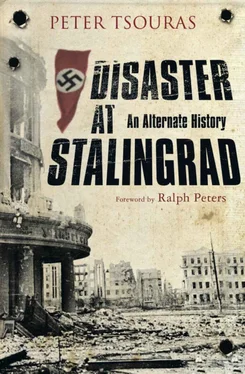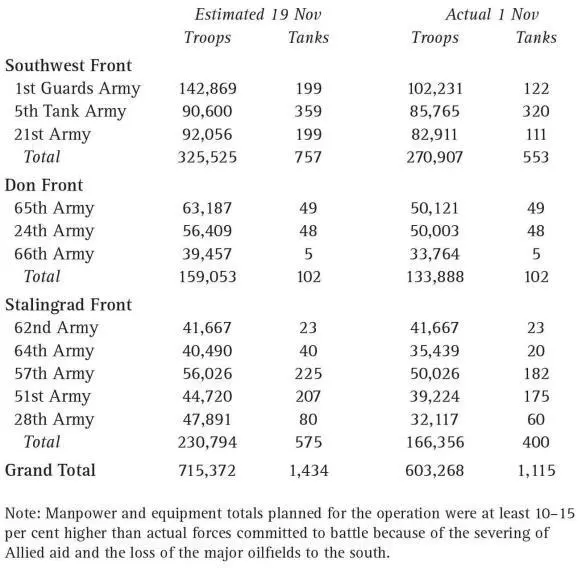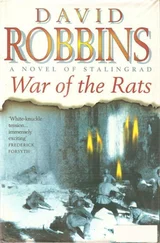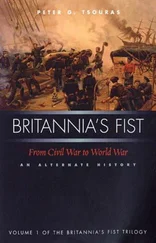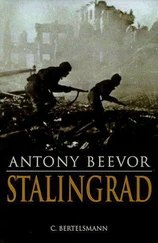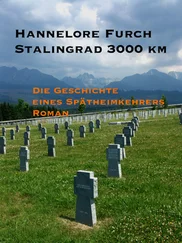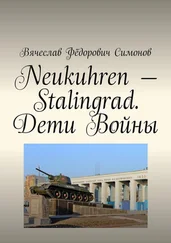Chuikov, with the instinct bred in the Rattenkrieg, bolted in the confusion. He paused at the corner of a ruined building, took a deep breath, and laughed. ‘Zaitsev! God bless you, my boy!’ 6
APPENDIX A
Forces in the Battle of 20° East

Germans
German Fleet (Admiral Carls)
Battlegroup 1 (Admiral Schniewind)
Battleship: Tirpitz
Heavy Cruiser: Admiral Hipper
Destroyer Flotilla 5: Friedrich Ihn, Friedrich Eckoldt, Karl Galster
Destroyer Flotilla 6: Theodor Riedel, Hans Lody, Erich Steinbrinck
Battlegroup 2 (Admiral Kummetz)
Heavy cruisers: Lützow, Admiral Scheer
Destroyer Flotilla 8: Richard Beitzen, Z-24, Z-27
Battlegroup 3 (Admiral Ciliax)
Battlecruisers: Scharnhorst, Gneisenau
Heavy cruiser: Prinz Eugen
Light Cruiser Flotilla 1: Leipzig, Nürnberg
Destroyer Flotilla 8.1: Z-28, Z-29, Z-30
U-boat Flotillas 1, 7, 10, 11, 13, 14
Luftflotte 5
KG 26: 42 He 111
KG 30: 103 Ju 88
StG 5: 30 Ju 87
KFlGr 906: 15 He 115
JG 26: 109 Fw 190
Allies
Home Fleet (Admiral Tovey)
Battleships: Duke of York , King George V , Washington
Cruisers: Cumberland, Nigeria , Kent
Destroyers: 14 ships
Aircraft carriers: Victorious (42 aircraft), Wasp (75 aircraft)
1st Cruiser Squadron(Admiral Hamilton)
Heavy cruisers: London, Norfolk, Wichita, Tuscaloosa
6th Destroyer Flotilla: Somali, Wainwright, Rowan
Convoy PQ-17, Close Escort(Commander Broome)
Destroyers Fury, Keppel, Leamington, Ledbury, Offa, Wilton
Corvettes Lotus, Poppy, La Malouine, Dianella
Minesweepers Halcyon, Salamander, Britomart
ASW trawlers Lord Middleton, Lord Austin, Ayrshire, Northern Gem
AA ships Palomares, Pozarica
Submarines P.614, P.615
APPENDIX B
Soviet Forces in Operation Uranus

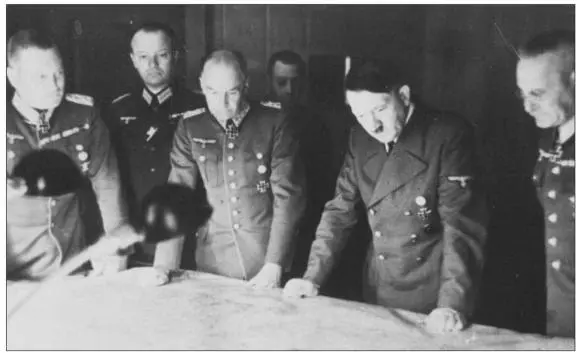
Planning Germany’s attack on the USSR in 1941. From left, Field Marshal Keitel, Chief of Staff of OKW, Field Marshal von Brauchitsch, C-in-C of the Army, Hitler, Gen. Halder, Chief of Staff of the Army.
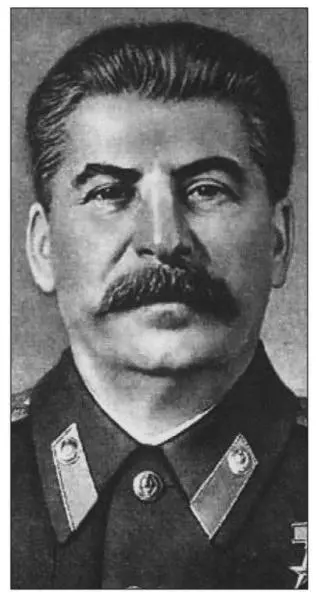
Marshal of the Soviet Union and brutal dictator, Joseph Stalin, was as murderous as Hitler but a far more rational war leader.
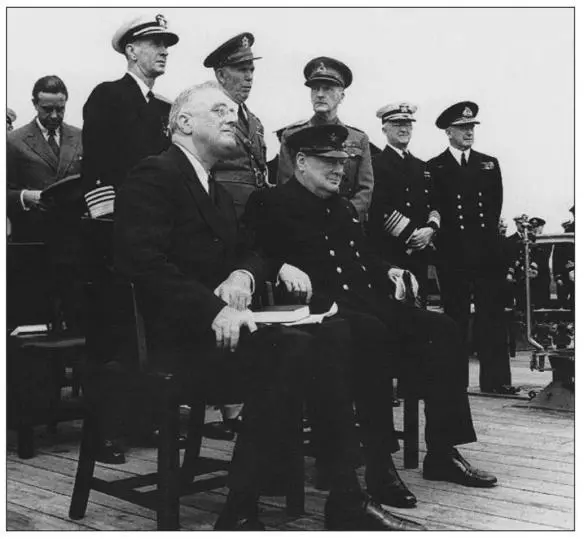
The men trying to keep the Soviet Union in the war through military aid: President Roosevelt and Prime Minister Churchill (seated). Behind them stand (from left) Adm. King, Gen. Marshall, Gen. Dill, Adm. Leahy, and Adm. Pound.
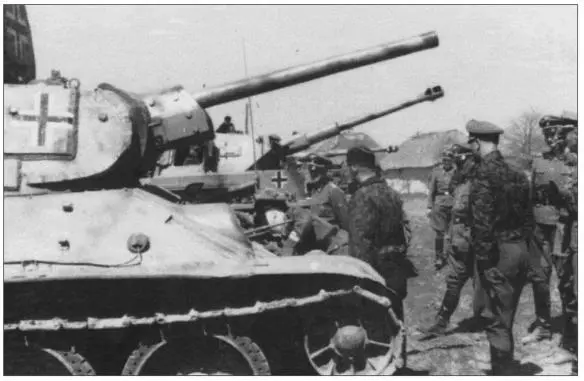
Soviet T-34 tank refurbished and improved at the Kharkov Tractor Factory for use by the Germans.
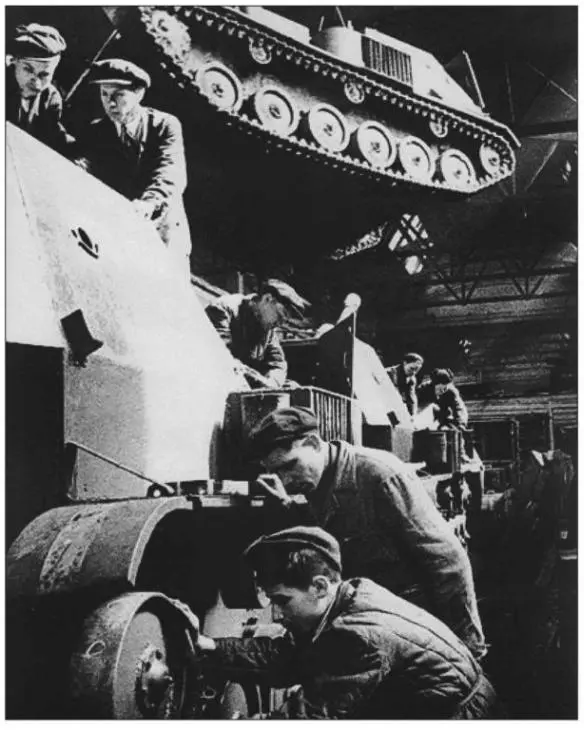
Soviet military production was severely disrupted by the German invasion which forced the relocation of thousands of factories to the Urals and elsewhere. The tank factory at Chelyabinsk was so large it became known as Tankograd.
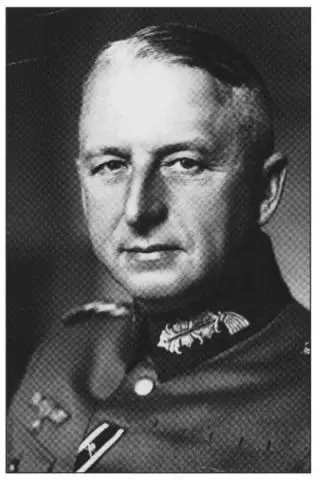
Field Marshal Erich von Manstein, conqueror of the Crimea, the only man Hitler could call on to retrieve the situation at Stalingrad.
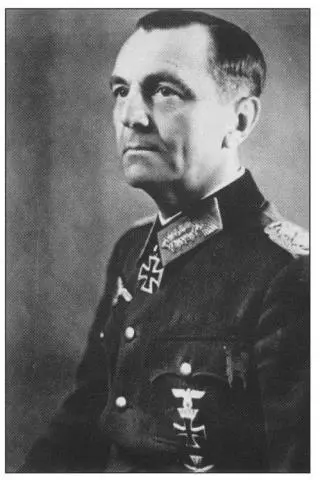
Col. Gen. Friedrich Paulus, commander of the 6th Army, a competent general until the situation required him to think for himself.
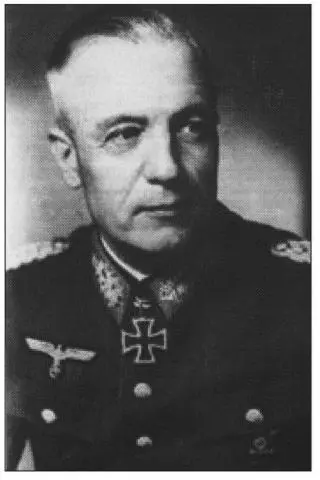
Col. Gen. Walter von Seydlitz-Kurbach, hero of the Demyansk Pocket, commander of LI Corps and later of 6th Army, a man of decisive initiative.
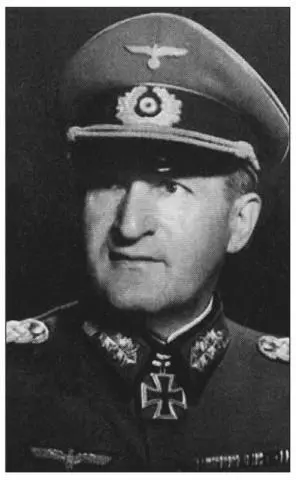
Maj. Gen. Erhard Raus, Austrian commander of 6th Panzer Division, beloved by his men for being able to get them out of any scrape.

Reinhard Heydrich, the second man in the SS, organizer of the Final Solution, and self-styled heir to Adolf Hitler.
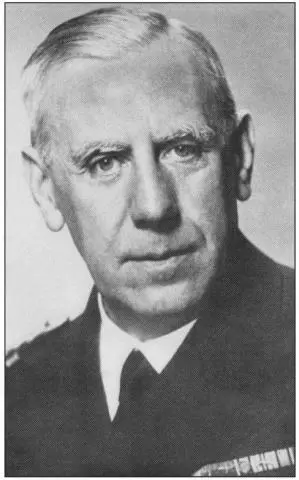
Admiral Wilhelm Canaris, chief of the Abwehr, German military intelligence, and early mentor of Heydrich in the Navy.
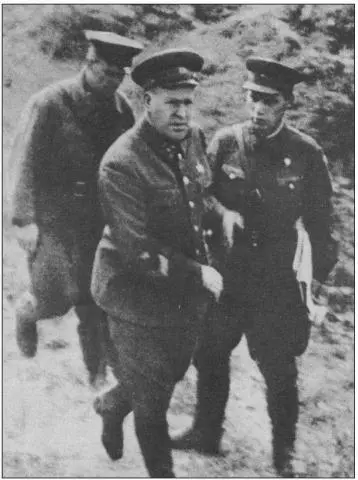
General Georgi Zhukov, Stalin’s best general, who had saved Leningrad and Moscow. Could he now save Stalingrad?
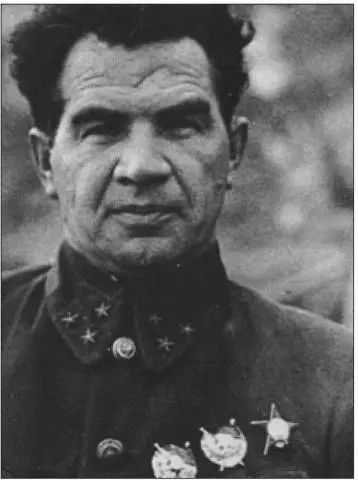
Maj. Gen. Vasili Chuikov, the fiercely tenacious commander of the 62nd Army in the defence of Stalingrad.
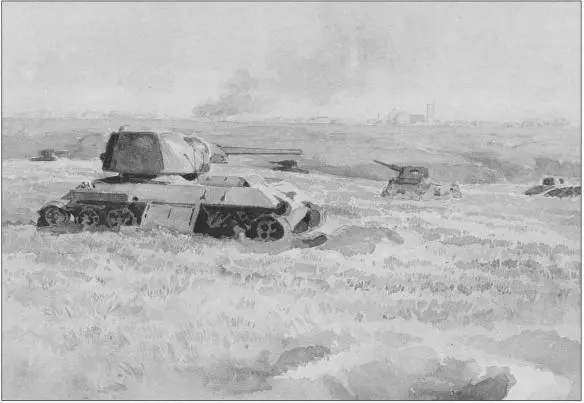
Some of the hundreds of Soviet tanks destroyed in the fighting in the great bend of the Don.
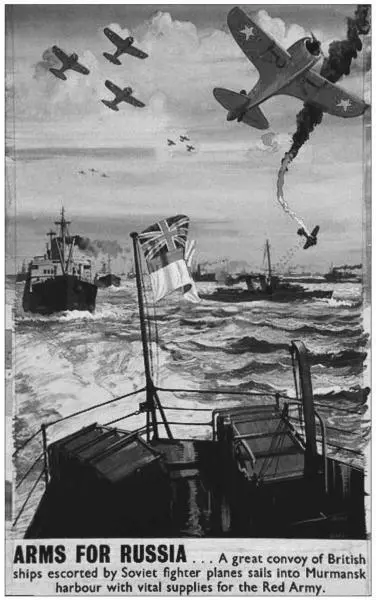
British poster emphasizing the importance of the Arctic convoys in keeping the Soviet Union in the war. Red Air Force support was much exaggerated.
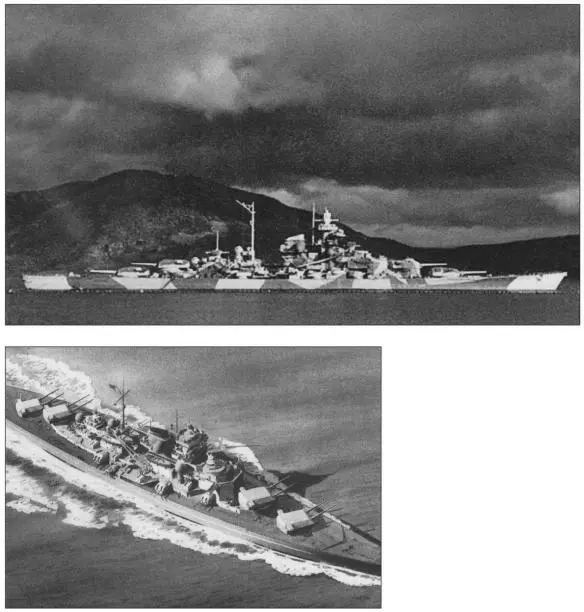
The nightmare of the British and the heart of the German fleet in being, the battleship Admiral Tirpitz , in Altenfjord, Norway (above); and in a US Navy recognition drawing (left).
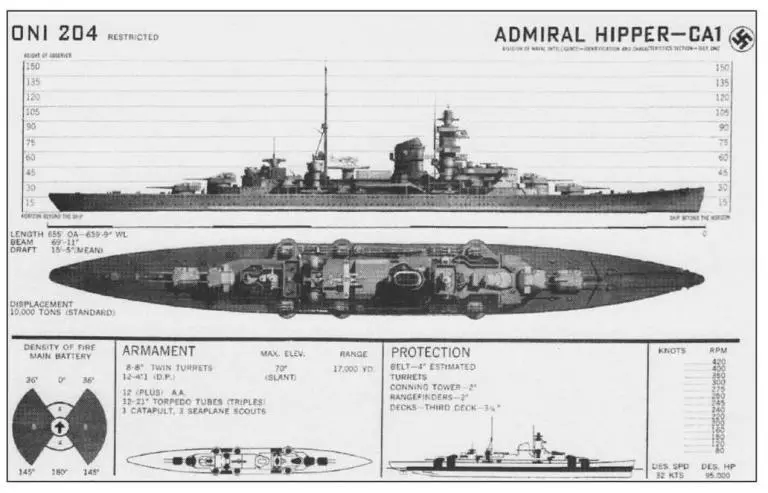
The heavy cruiser Admiral Hipper , seen here in a US Navy recognition chart, was the flagship of the greatest fleet action in German naval history.
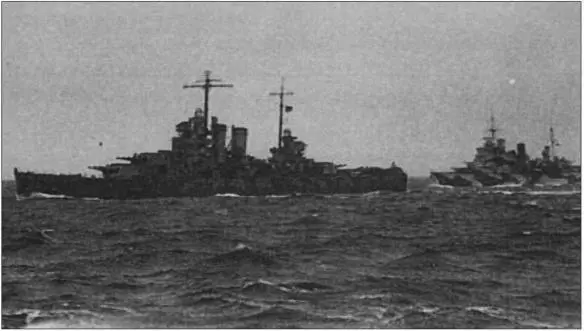
HMS London followed by USS Wichita, two of the ships of the Cruiser Covering Force for Convoy PQ-17. Both carried eight 8-inch guns, but the Wichita was better armoured.
Читать дальше
